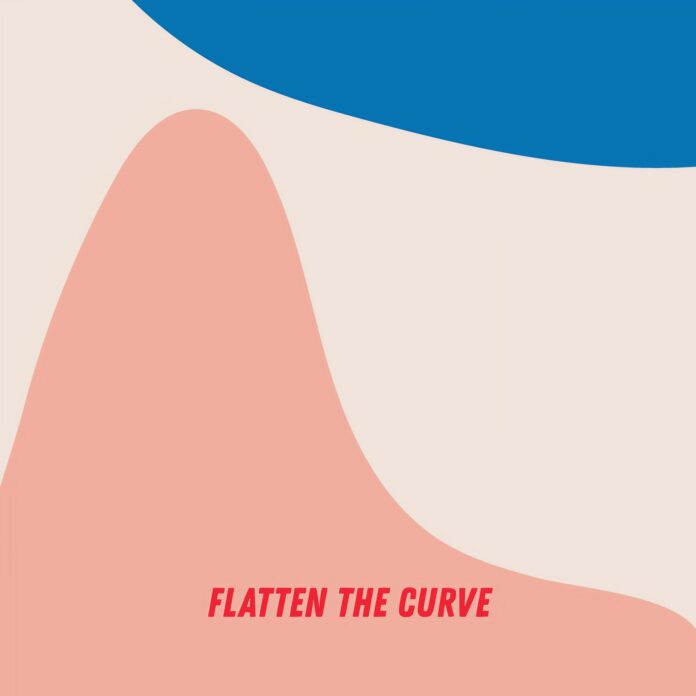Newswise — New research by the University of Minnesota and the University of Washington finds that every six additional ICU beds or seven additional non-ICU beds filled by COVID-19 patients leads to one additional COVID-19 death over the following week.
“A spike in hospitalization naturally leads to more deaths, but these deaths may not only come from those who are hospitalized, but also from those who should have been hospitalized but were not,” said co-author Anirban Basu, a UW professor of health economics.
Results of the study, published in the Journal of General Internal Medicine, show the impact of ICU bed use remains fairly constant as ICU bed availability changes. These effects are also in line with recent literature estimates for the mortality among COVID-19 patients receiving critical care, that show mortality rates increase as ICUs fill up.
What was surprising, Basu explained, was the effect of non-ICU beds. For additional seven hospitalized patients not in intensive care, one would expect about 0.5 deaths over the next seven days based on general data put out by CDC. However, this new research finds that the total number of COVID-19 deaths actually occurring is much higher.
“This may indicate that constraints in available capacity of non-ICU beds may have a spillover effect to non-hospitalized patients. In fact, the study found that the effect of non-ICU beds rises steadily as more and more non-ICU beds are occupied by COVID-19 patients,” said Basu, who is also director of the CHOICE Institute at the UW School of Pharmacy.
For example, when 20% of non-ICU hospital beds are occupied by COVID-19 patients, an additional seven COVID-19 admissions to non-ICU beds will produce two additional COVID-19 deaths over the next seven days.
“Even when, say, 80% of non-ICU beds are still available, a further increase in COVID-19 admissions leads to significantly more numbers of deaths than what we would expect from only the hospitalized patients. This may be because the health care delivery within a hospital is not only driven by hospital beds but also personnel and COVID-specific supplies, which may be stretched thin, and affecting COVID-19 admission policies of the hospitals.”
Consequently, Basu said, efforts to “flatten the curve” — that is, reduce or stop the increase of people infected with the novel coronavirus through public health measures such as mask-wearing and physical distancing — are more important than simply keeping hospitals from becoming overwhelmed. Failure to flatten the curve, even before hospitals reach capacity, is killing more people than just those who end up in hospital beds.
“These results have very important implications as large numbers of students head back to schools and colleges across the nation and resistance to public health measures continues to stymie efforts to reduce the number of infected,” Basu said.
“Our study quantifies the relationship between COVID-19 deaths and COVID-19 hospitalizations using actual data,” write the study authors. “These estimates provide a better understanding of the projections of the COVID-19 pandemic in the USA especially when states are gearing up to restart economic activities and provide important practice insights for hospitals in terms of assessment of hospital bed and ICU bed capacity and preparedness.”
The study’s lead author is Pinar Karaca-Mandic, University of Minnesota professor and academic director of the Medical Industry Leadership Institute in the university’s Carlson School of Management. The researchers used the University of Minnesota’s COVID-19 Hospitalization Tracking Project to examine data from 23 states that reported daily percentages of ICU and non-ICU-bed use by COVID-19 patients. The research was partially funded by the University of Minnesota Office of Academic Clinical Affairs and the United Health Foundation.
Story Credit: Newswise.com
Image Credit: Lauren Mitchell for United Nations Global Call out to Creatives/Unsplash.com



































